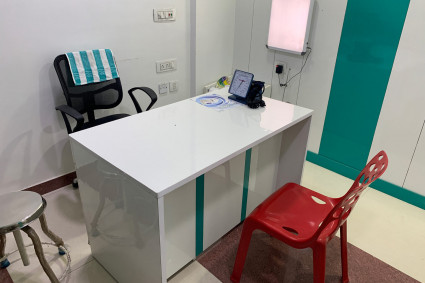Introduction: The Power of the First Small Step
Every teacher knows the feeling — a student’s mood changes, the class energy dips, and suddenly your perfect lesson plan feels like it’s balancing on a thread. In that moment, one calm, consistent action from a teacher can shift the entire room. That’s the quiet power of Positive Behaviour Support (PBS).
Instead of quick fixes or rigid rules, PBS focuses on small, teachable moments that ripple through the classroom — improving learning, relationships, and wellbeing for everyone involved.
Understanding PBS in Simple Terms
Positive Behaviour Support is an evidence-based approach that helps teachers understand the why behind behaviour before deciding how to respond. It’s about:
Identifying what triggers certain behaviours
Teaching positive alternatives that meet the same need
Reinforcing success so it sticks
The magic of PBS is its practicality — it fits naturally into classroom life rather than adding more to a teacher’s already full plate.
Why Teachers Love It
PBS gives teachers permission to stop firefighting and start coaching.
It creates calmer, more predictable classrooms
It strengthens student-teacher trust
It helps educators feel supported, not stretched
And most importantly, it works for every student — not just those with additional needs.
Bringing It to Life in the Classroom
Here’s how teachers are applying PBS without even realising it:
Visual Routines: Display clear visuals for transitions — students can see what’s next before anxiety kicks in.
Micro-Praises: Catch students doing things right, even small efforts like staying seated or starting work.
Emotion Check-ins: Use colour charts or quick “thumbs up” signals so students can express feelings without disruption.
Co-Created Rules: Involve the class in setting expectations — ownership builds responsibility.
Every one of these is a PBS strategy in disguise.
The Ripple Effect in Action
When one child feels understood, they regulate better. When that child succeeds, the class energy improves. When classrooms calm, teachers thrive. That’s the ripple effect.
PBS isn’t about managing behaviour — it’s about growing emotional skills and building communities that lift everyone.
Start Small, See Big Change
You don’t need to overhaul your classroom overnight. Start with one strategy that feels natural. Once it works, add another. Before long, your students will begin teaching each other what positive behaviour looks like.
A Final Thought
Positive Behaviour Support isn’t just for students — it supports teachers too. It reminds us that change doesn’t come from control, but from consistency, empathy, and connection.
To learn more about how Positive Behaviour Support (PBS) can strengthen your teaching practice and help every child thrive, visit daar — where clinical insights meet real-world classroom needs.
Because when you change one behaviour at a time, you’re not just improving a lesson — you’re transforming a learning environment.





